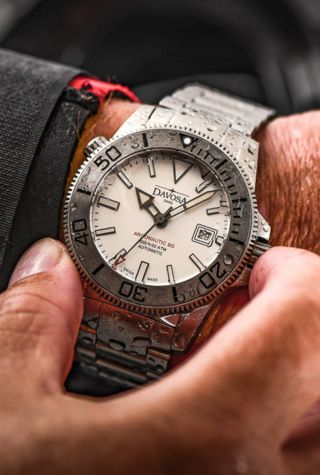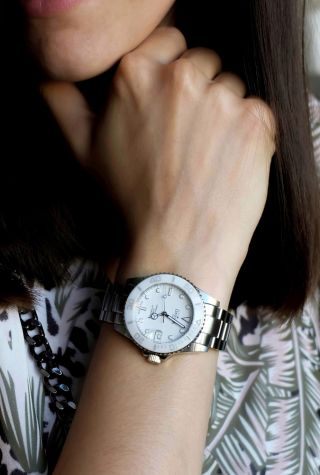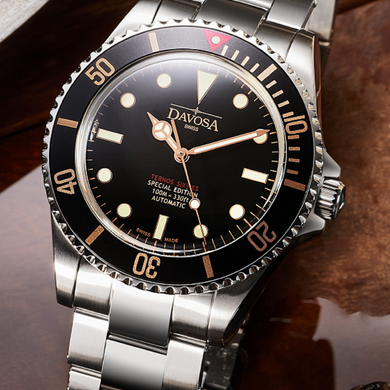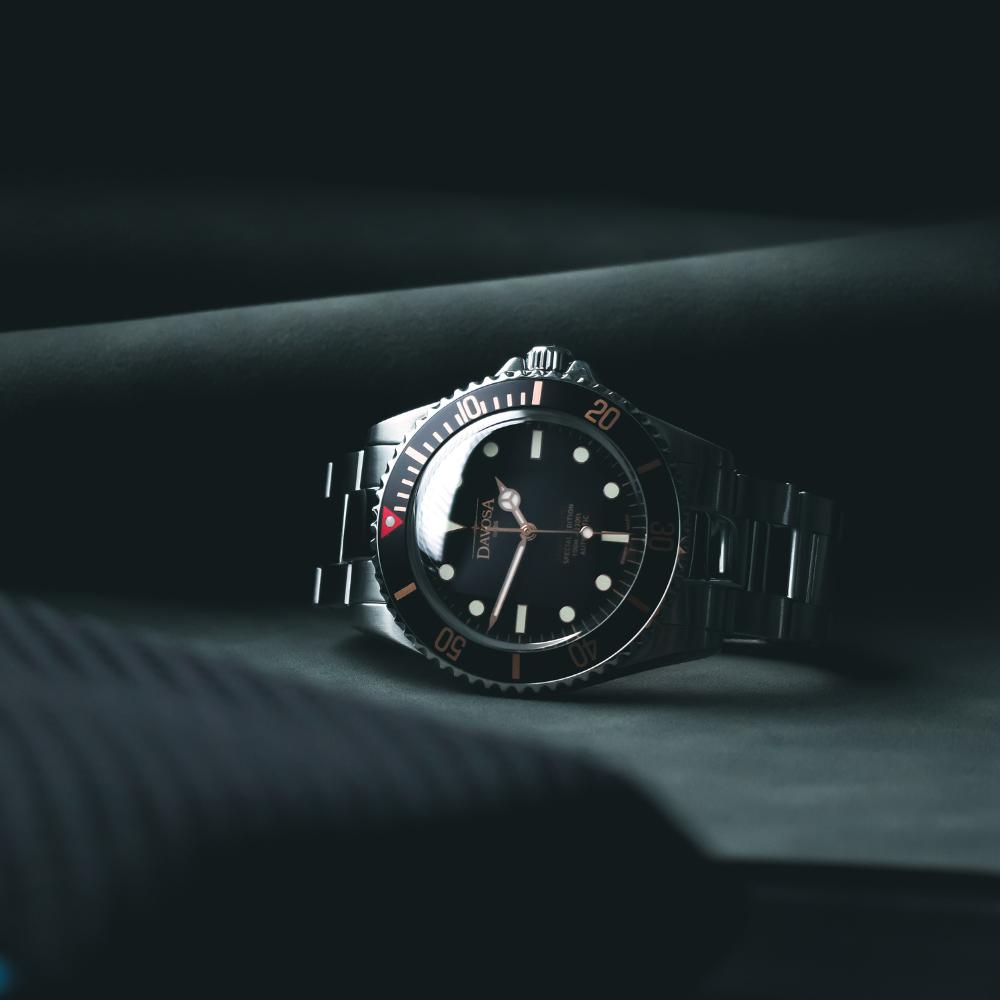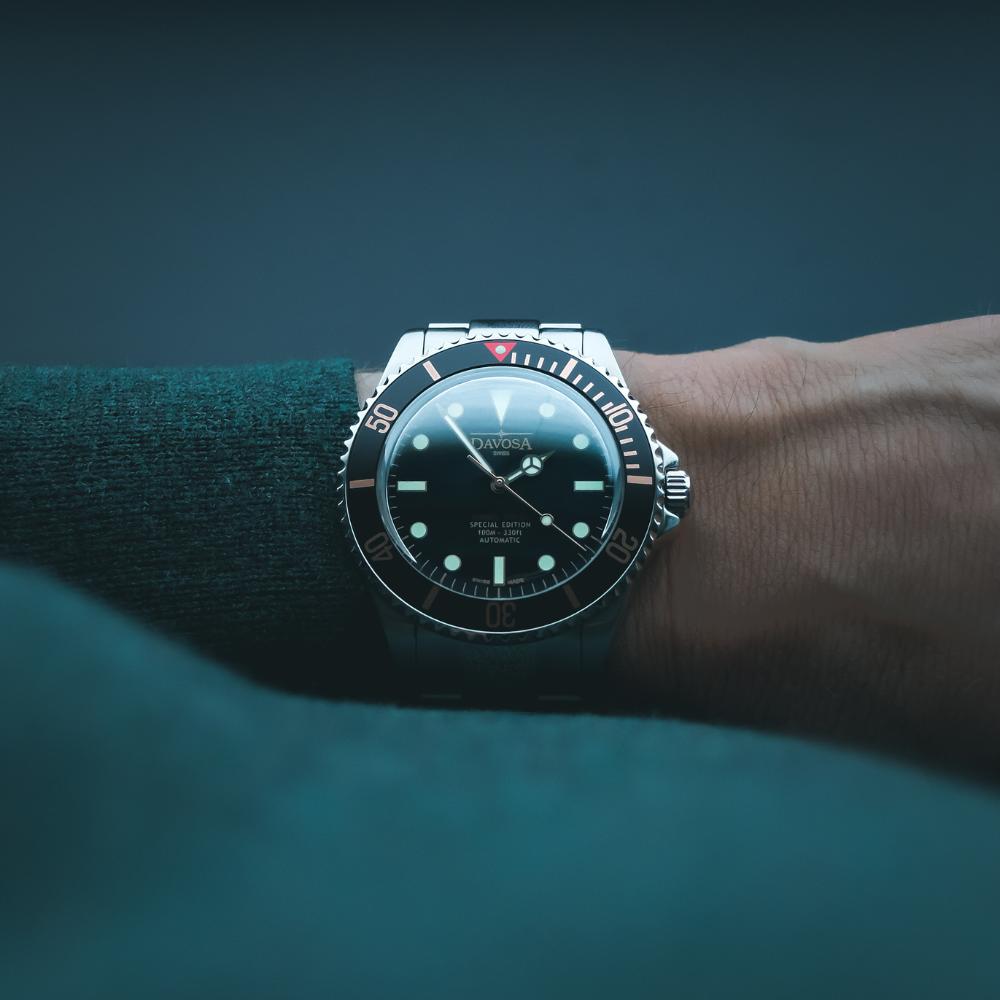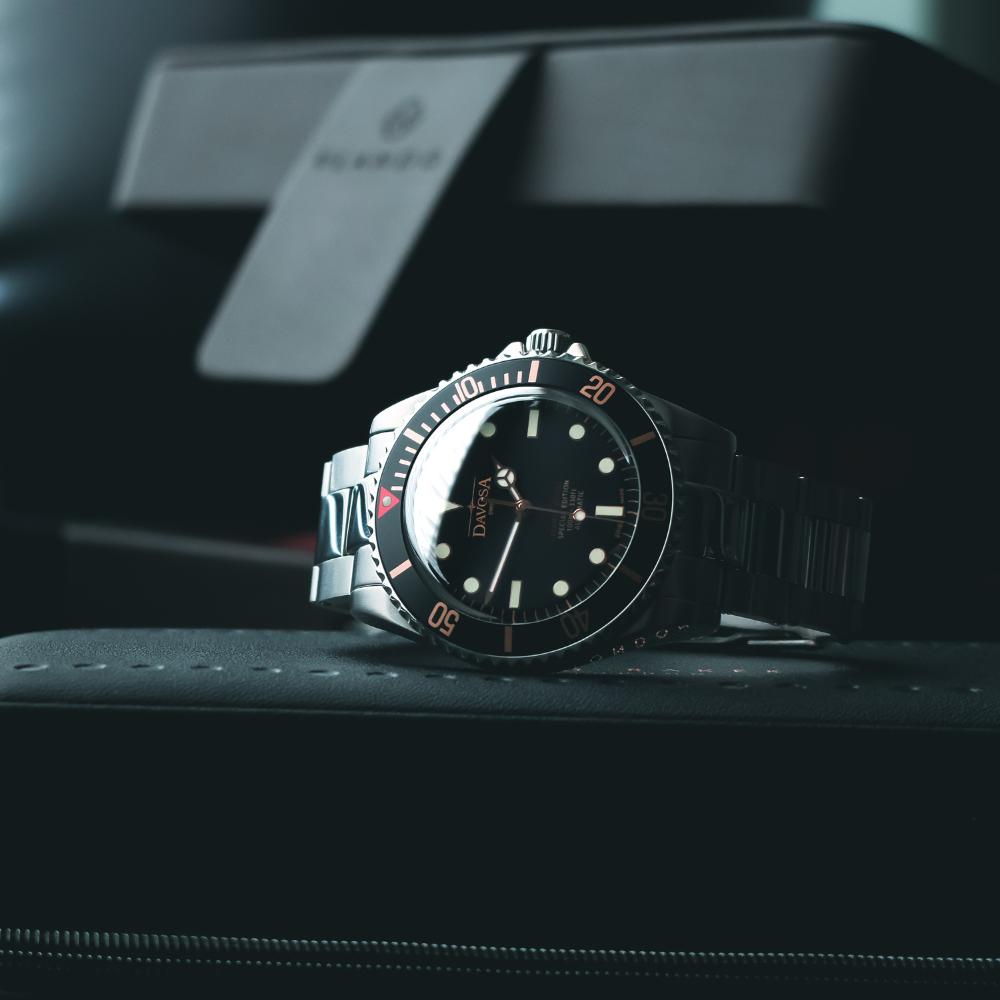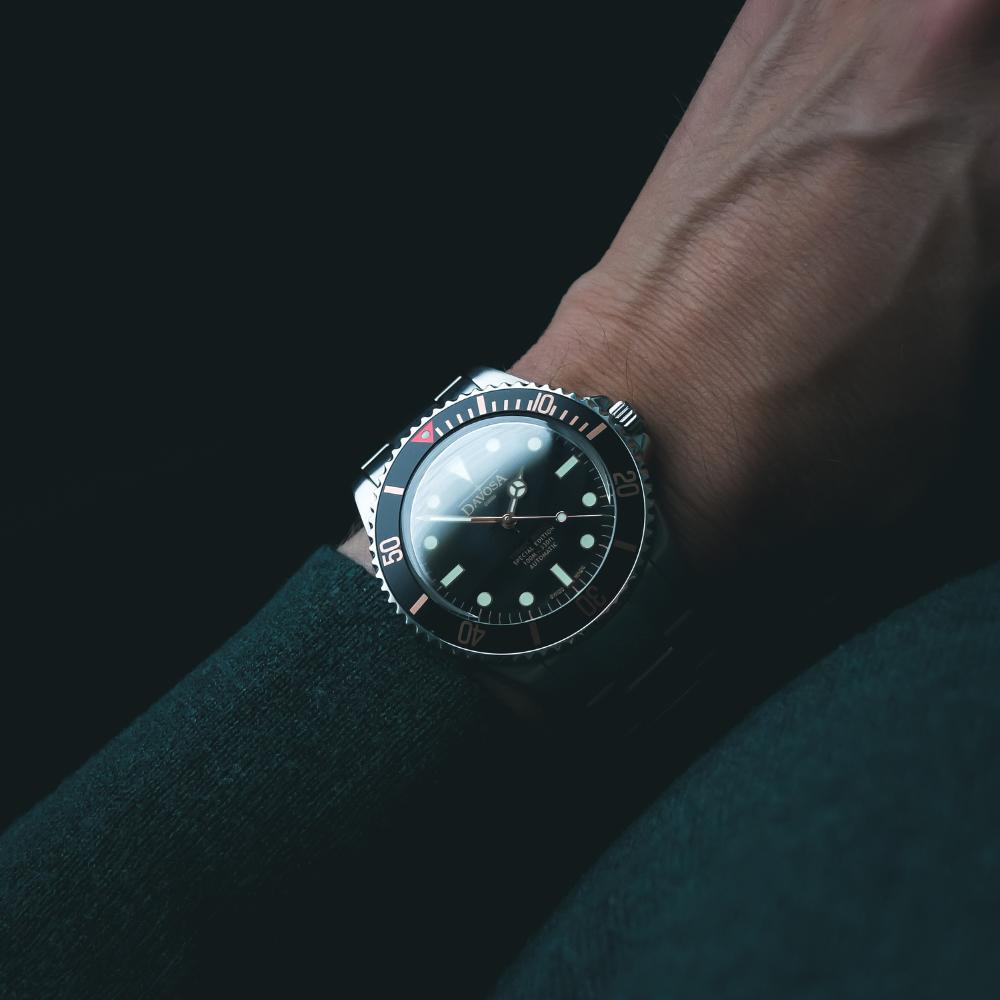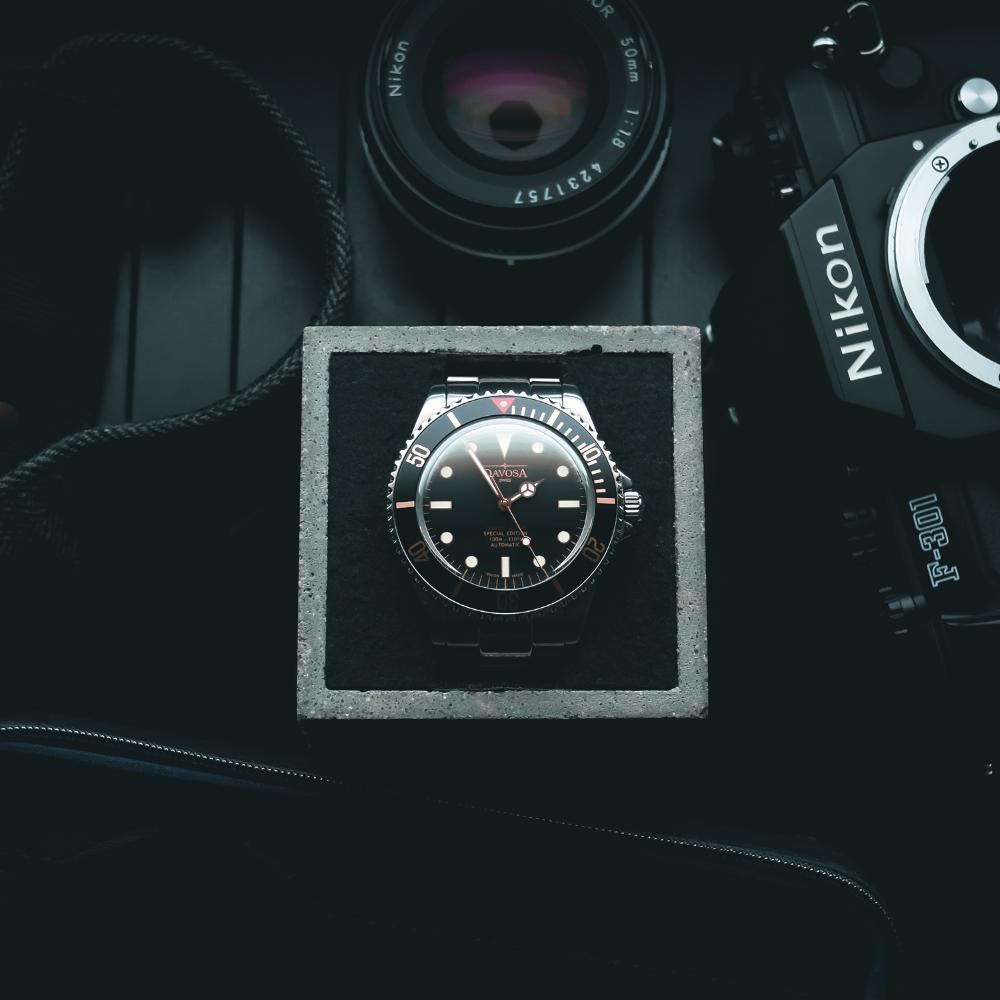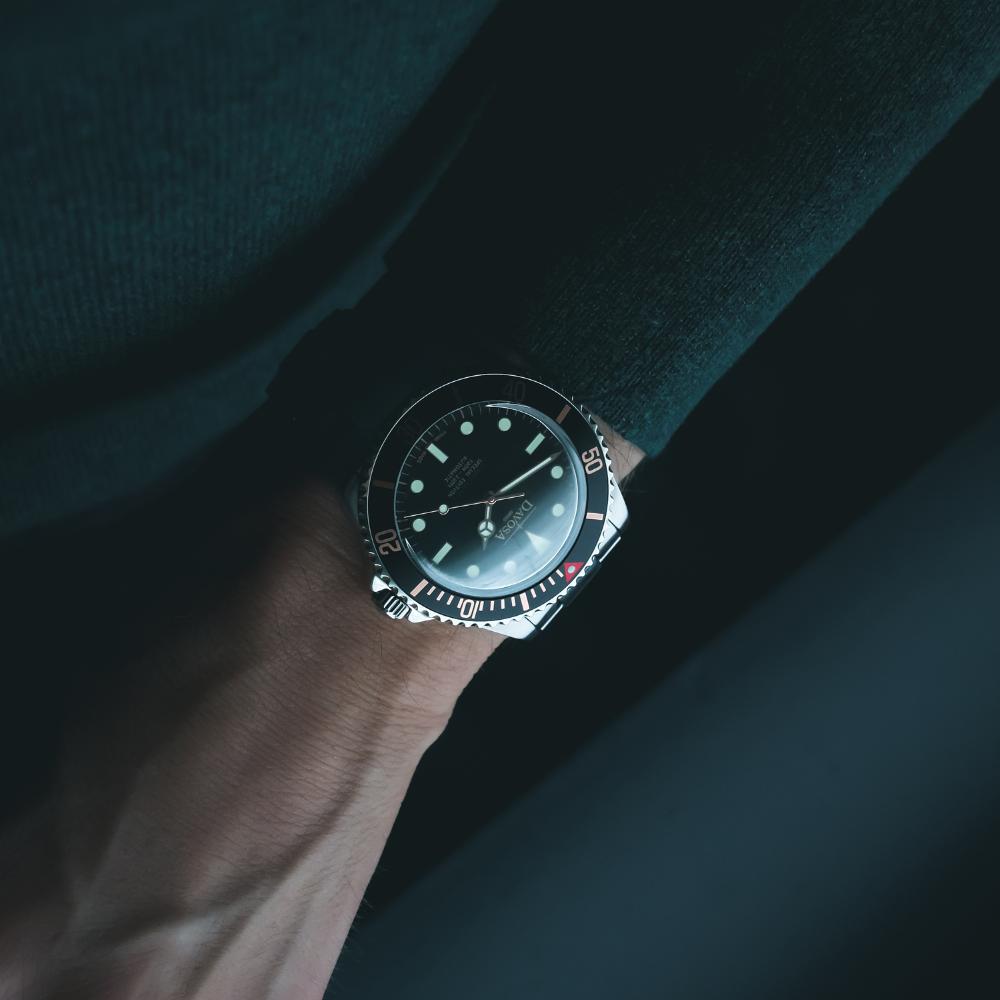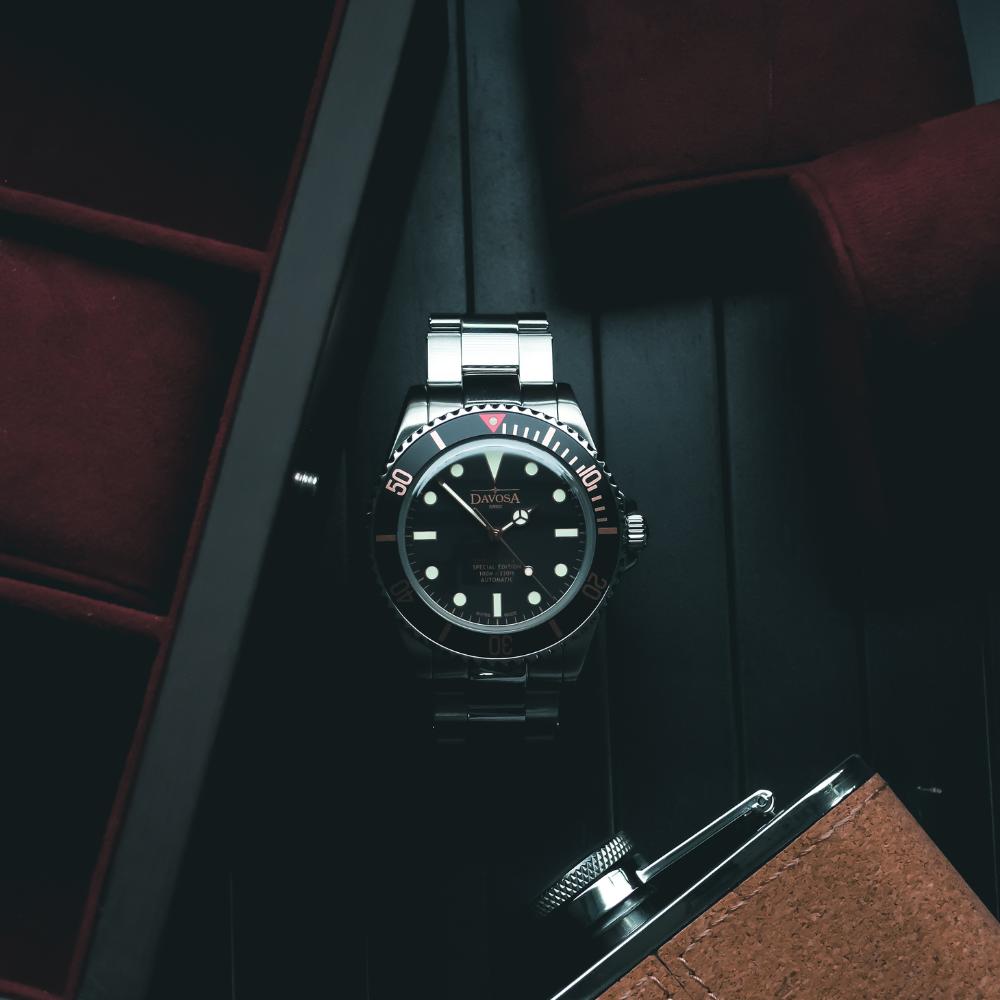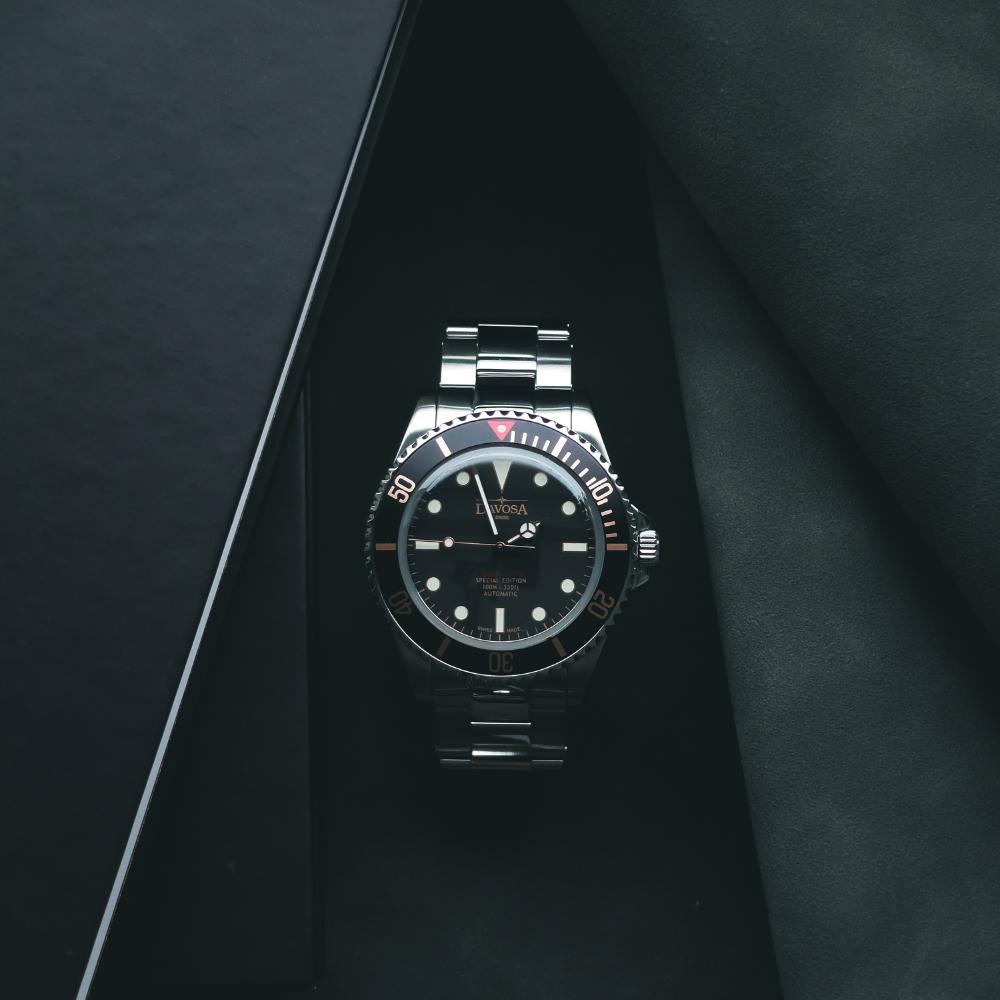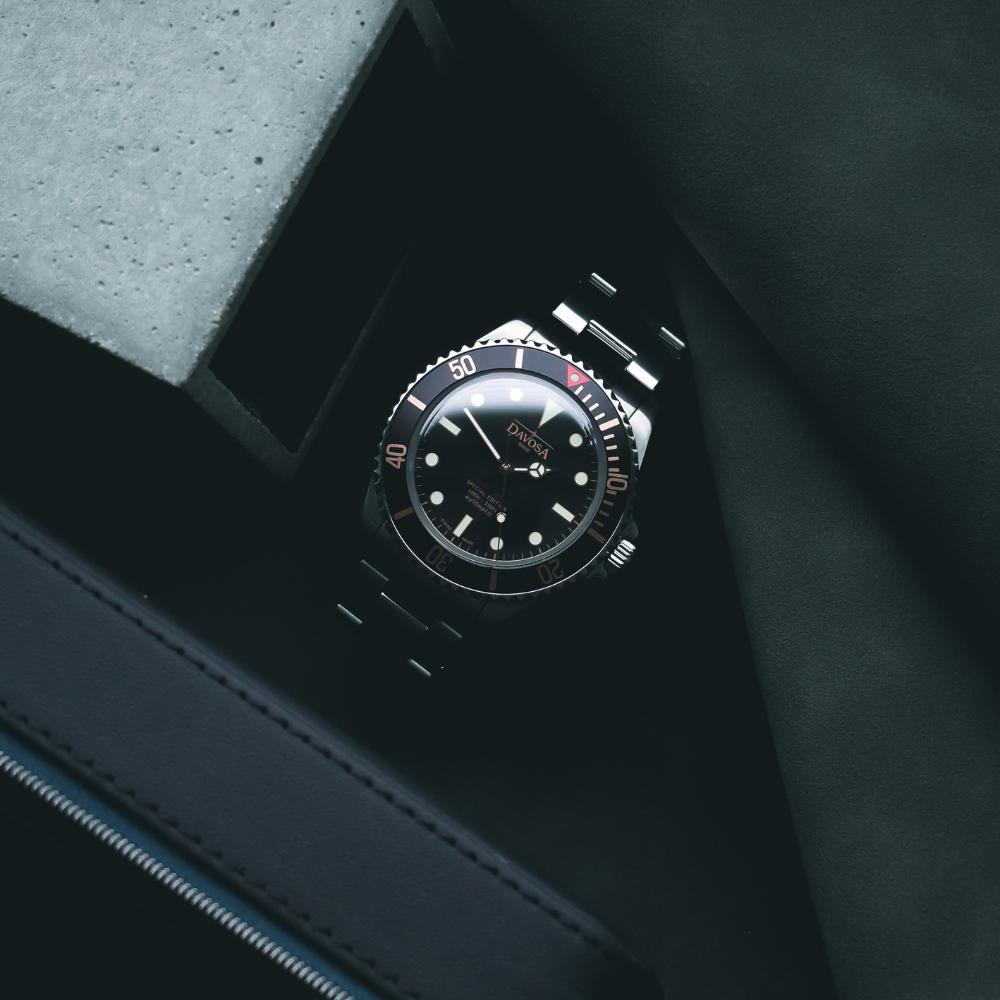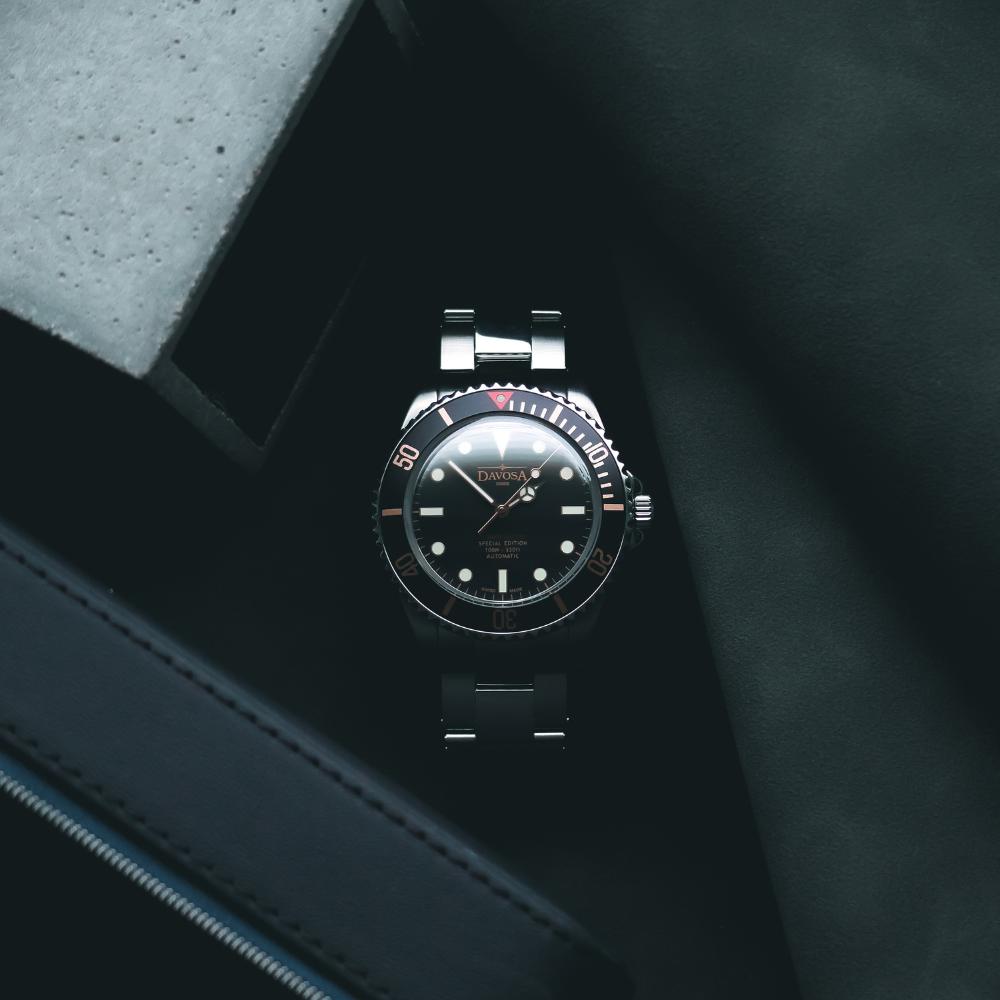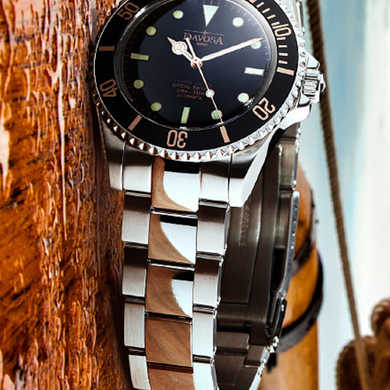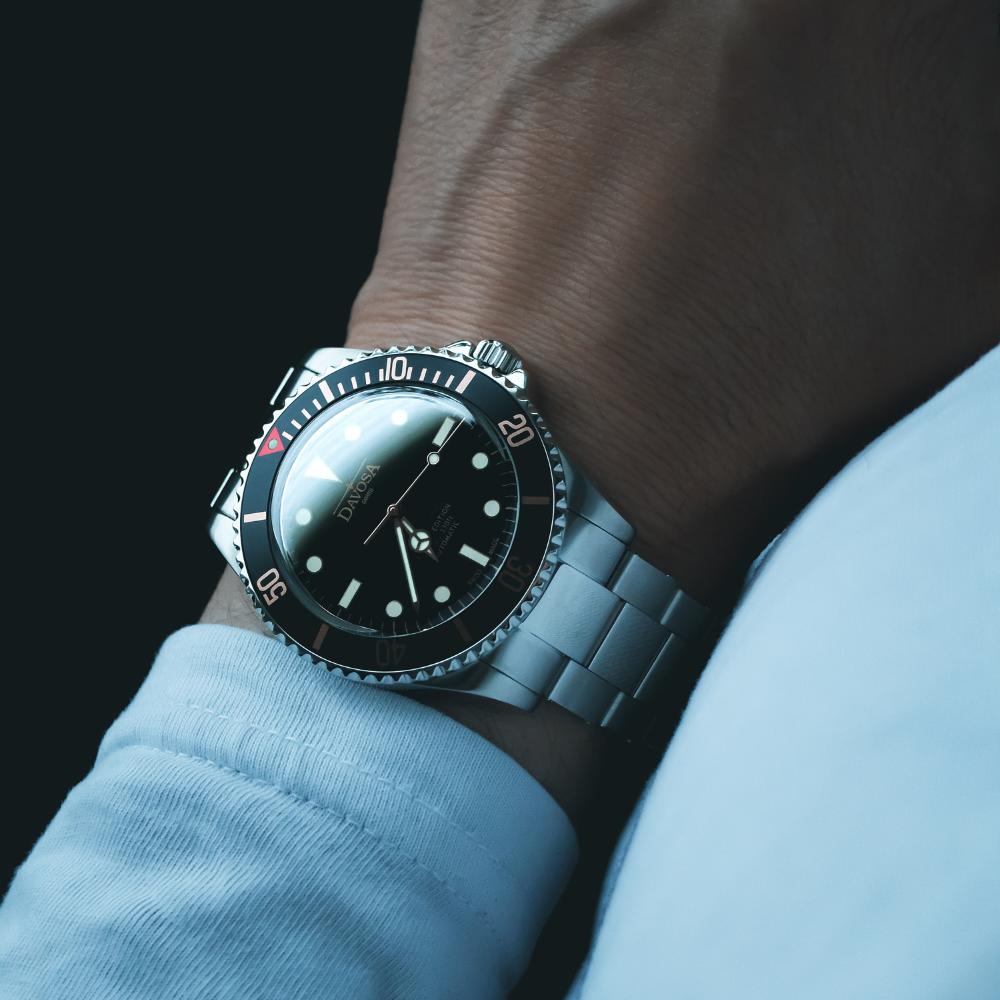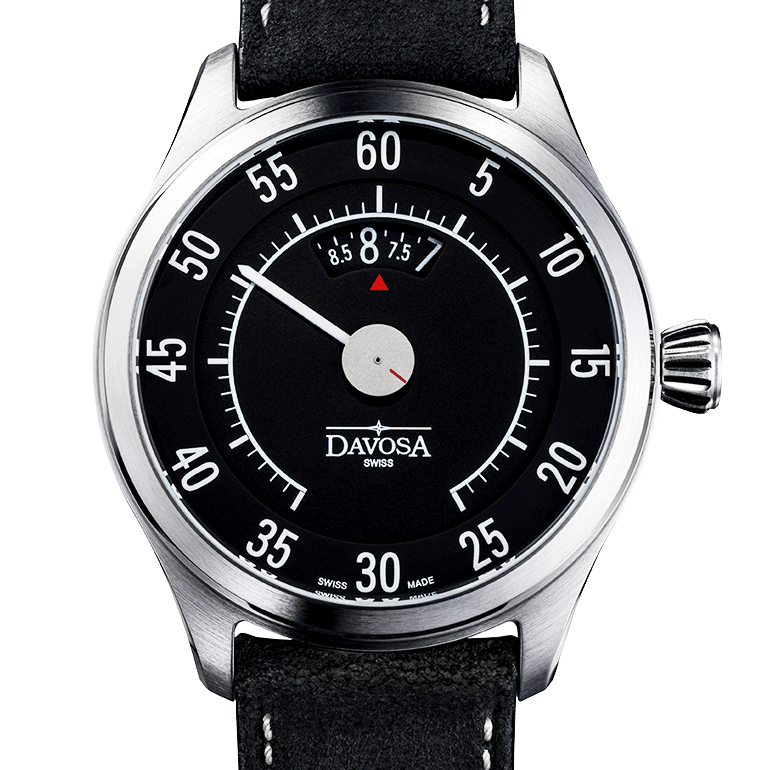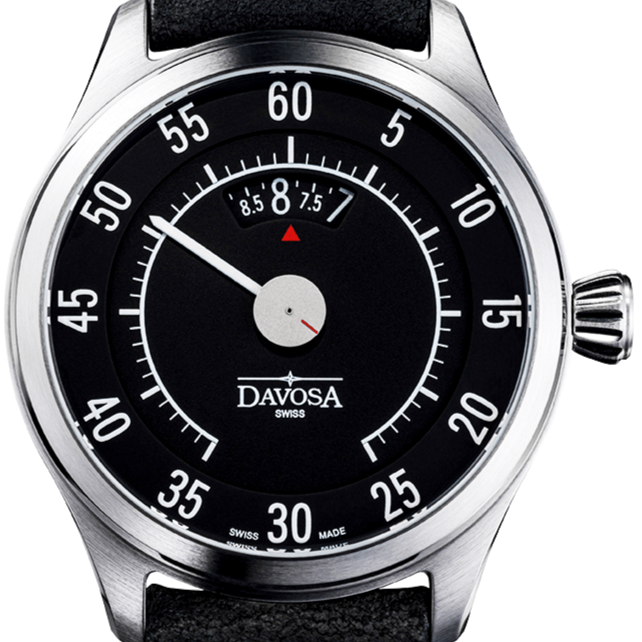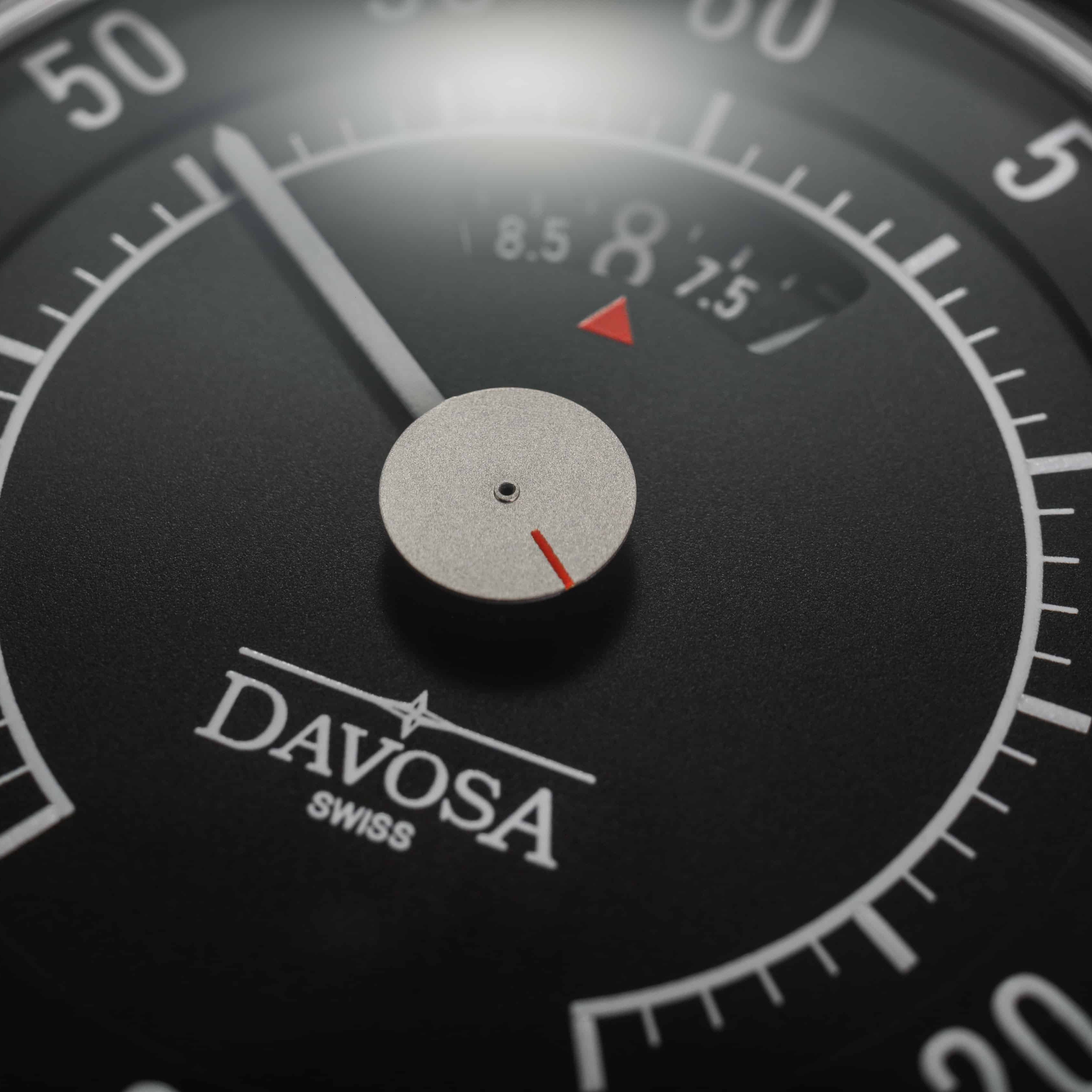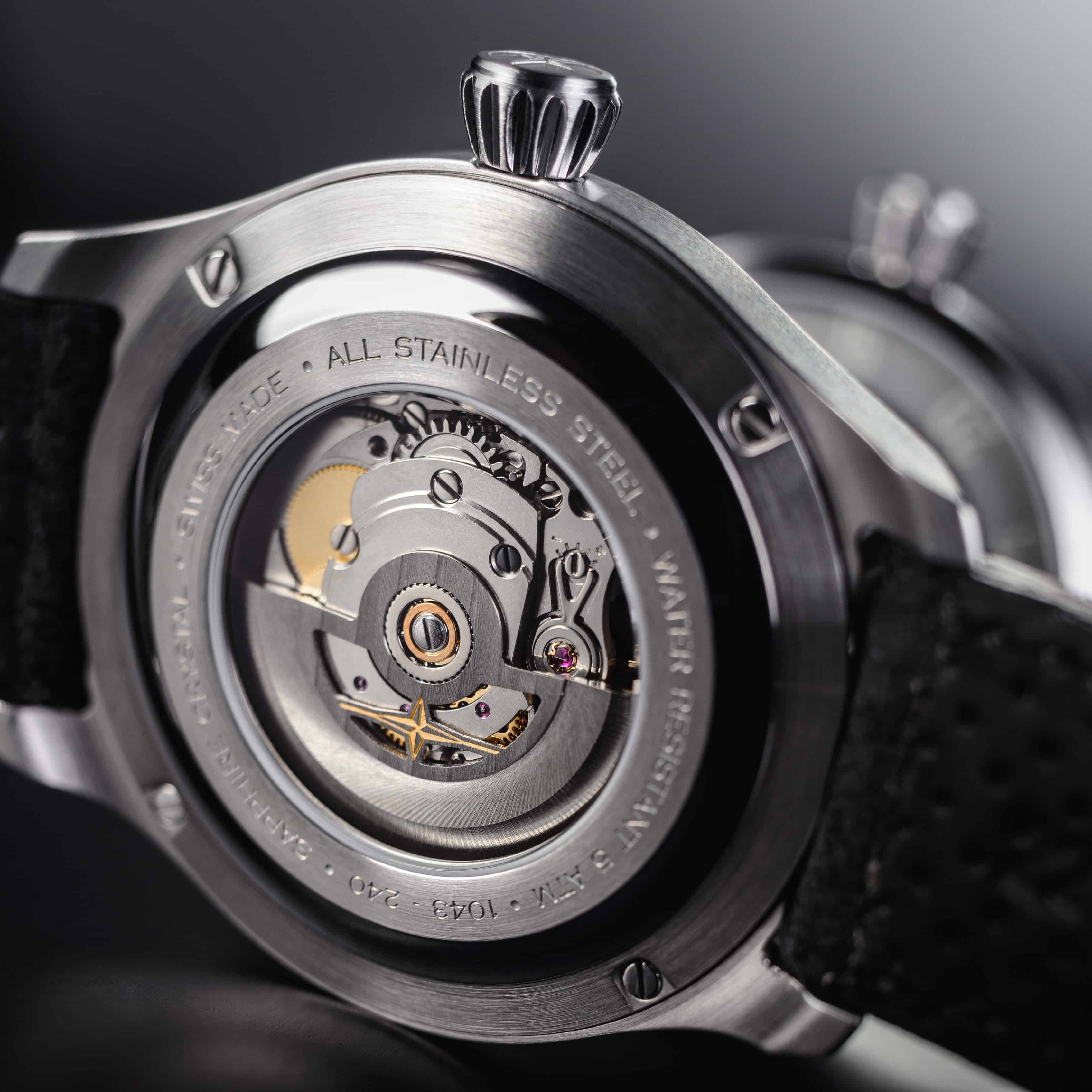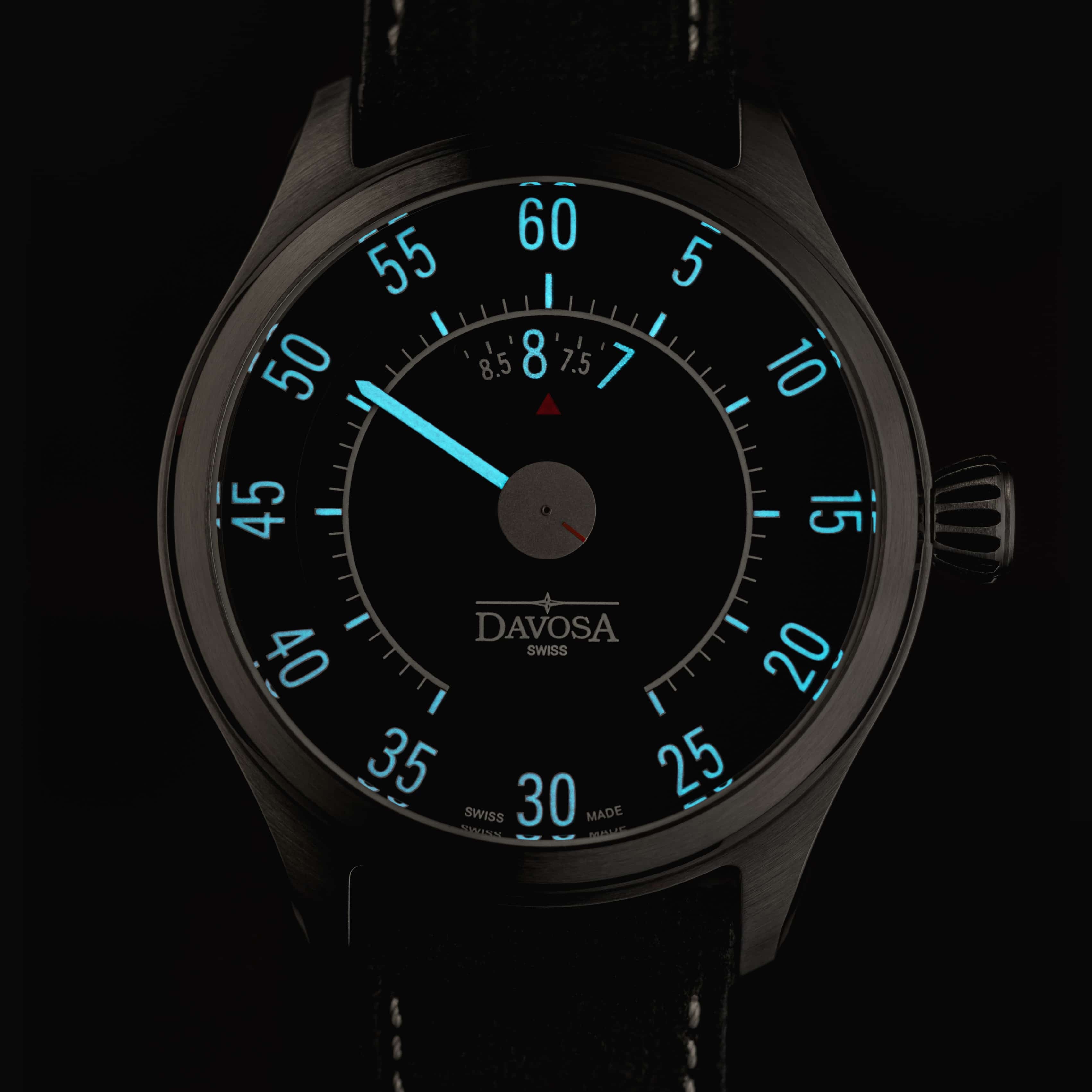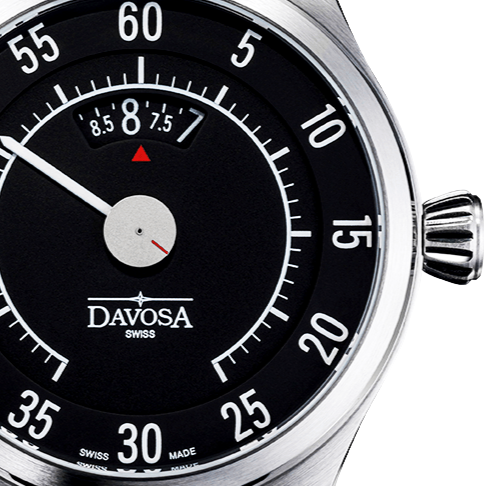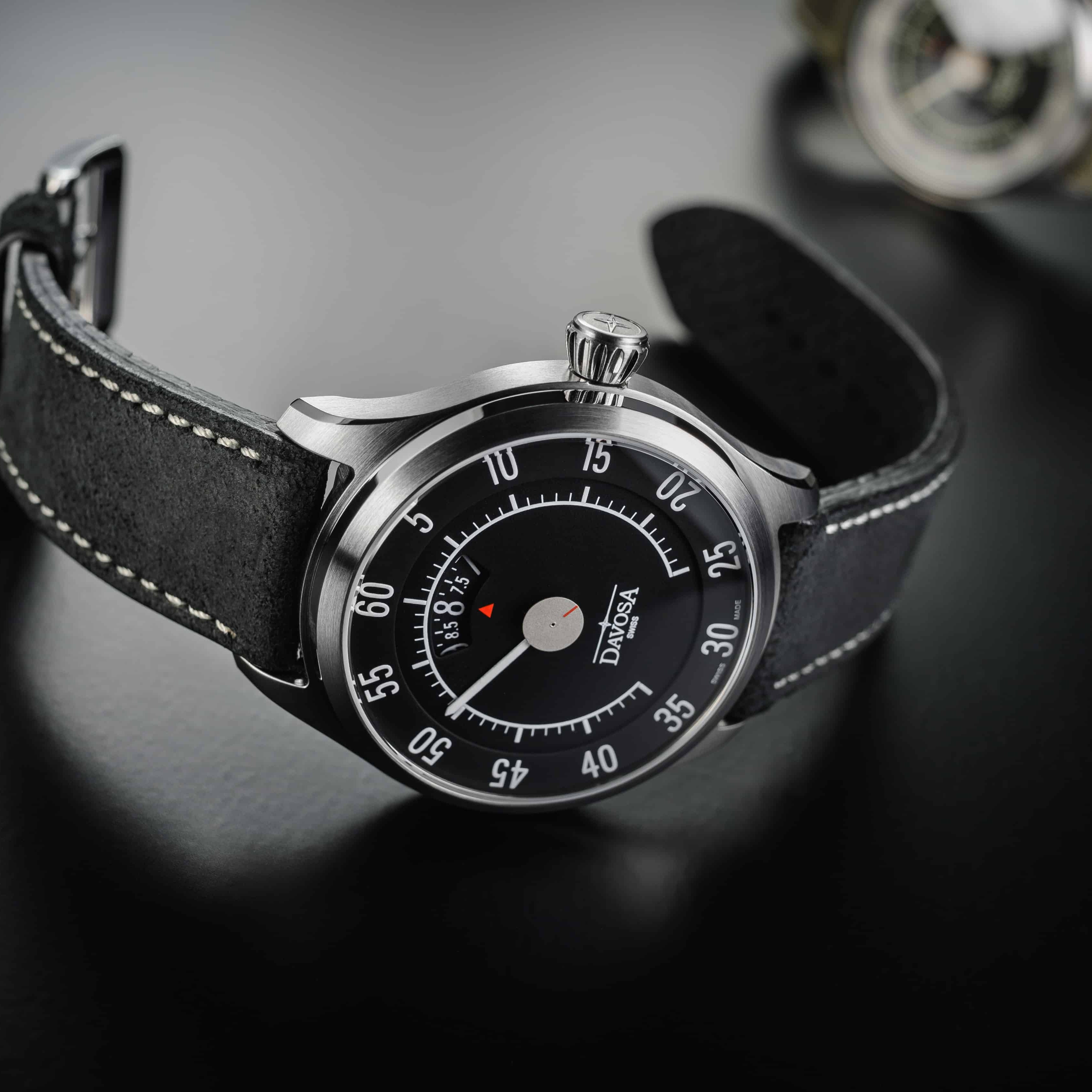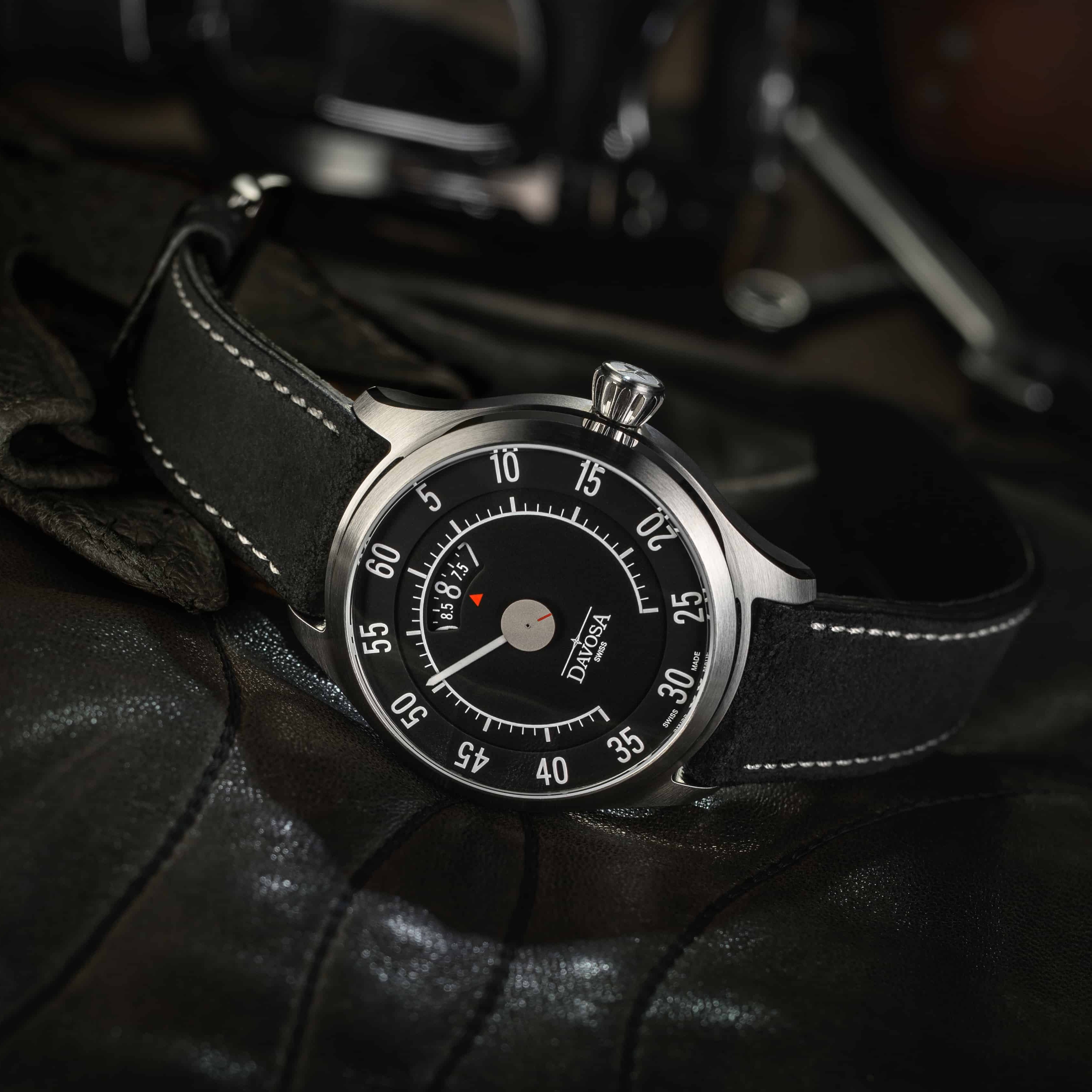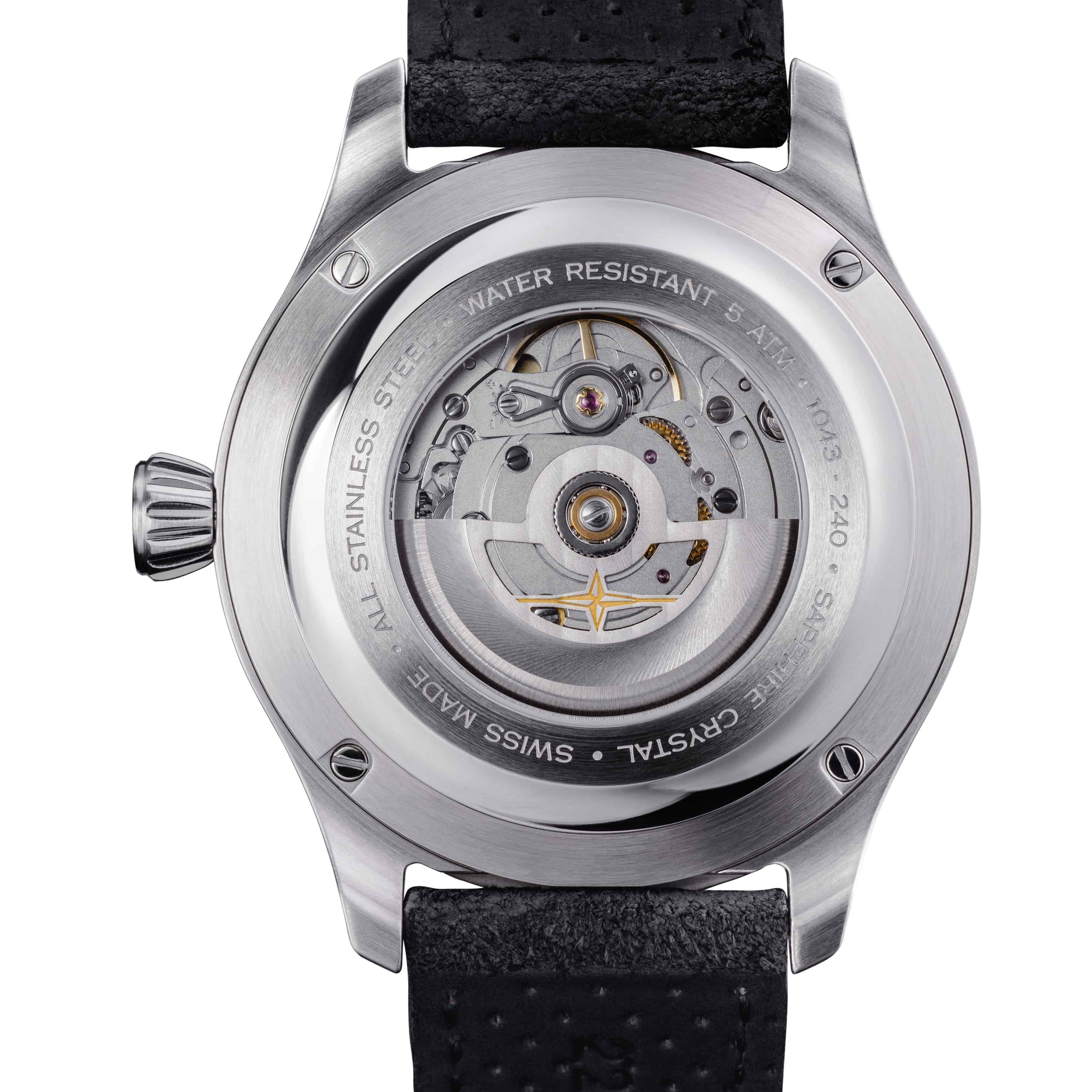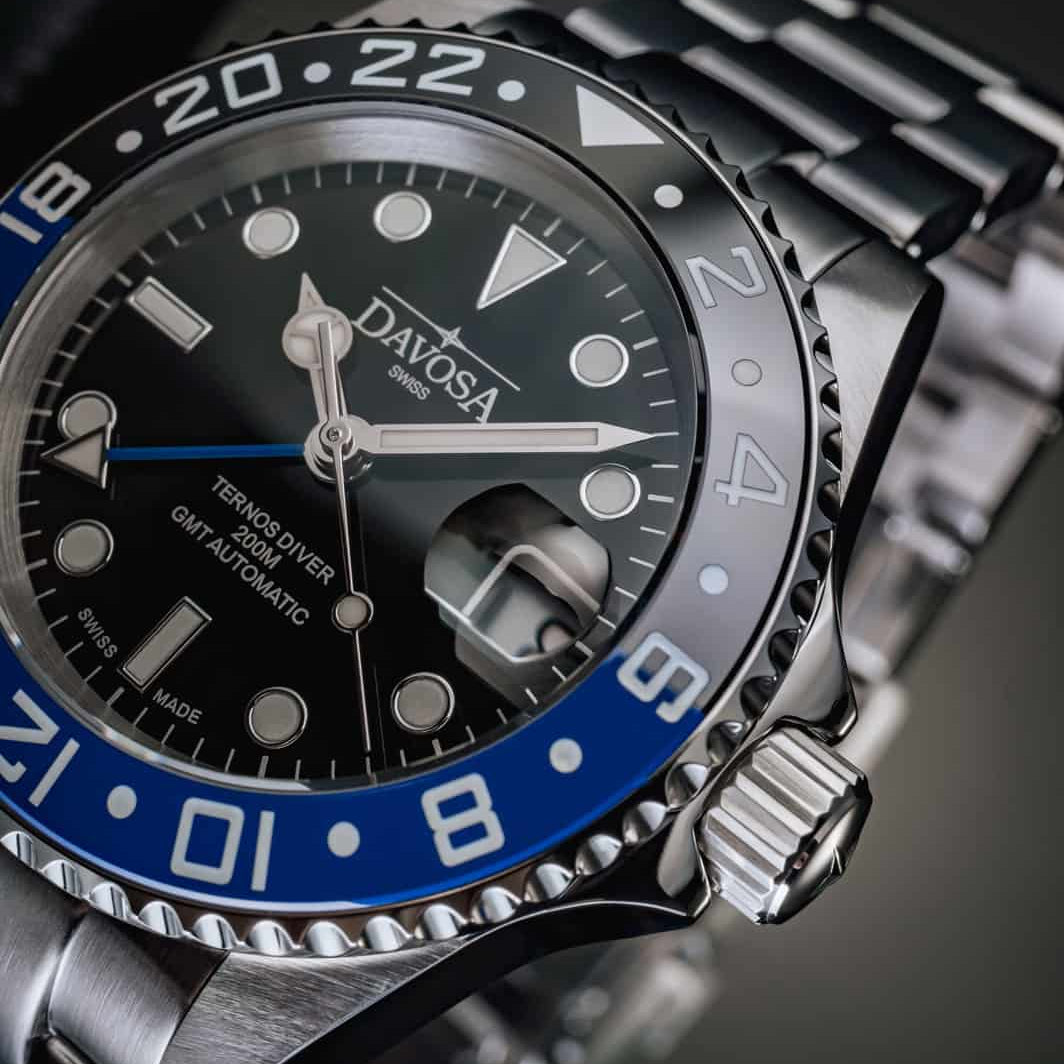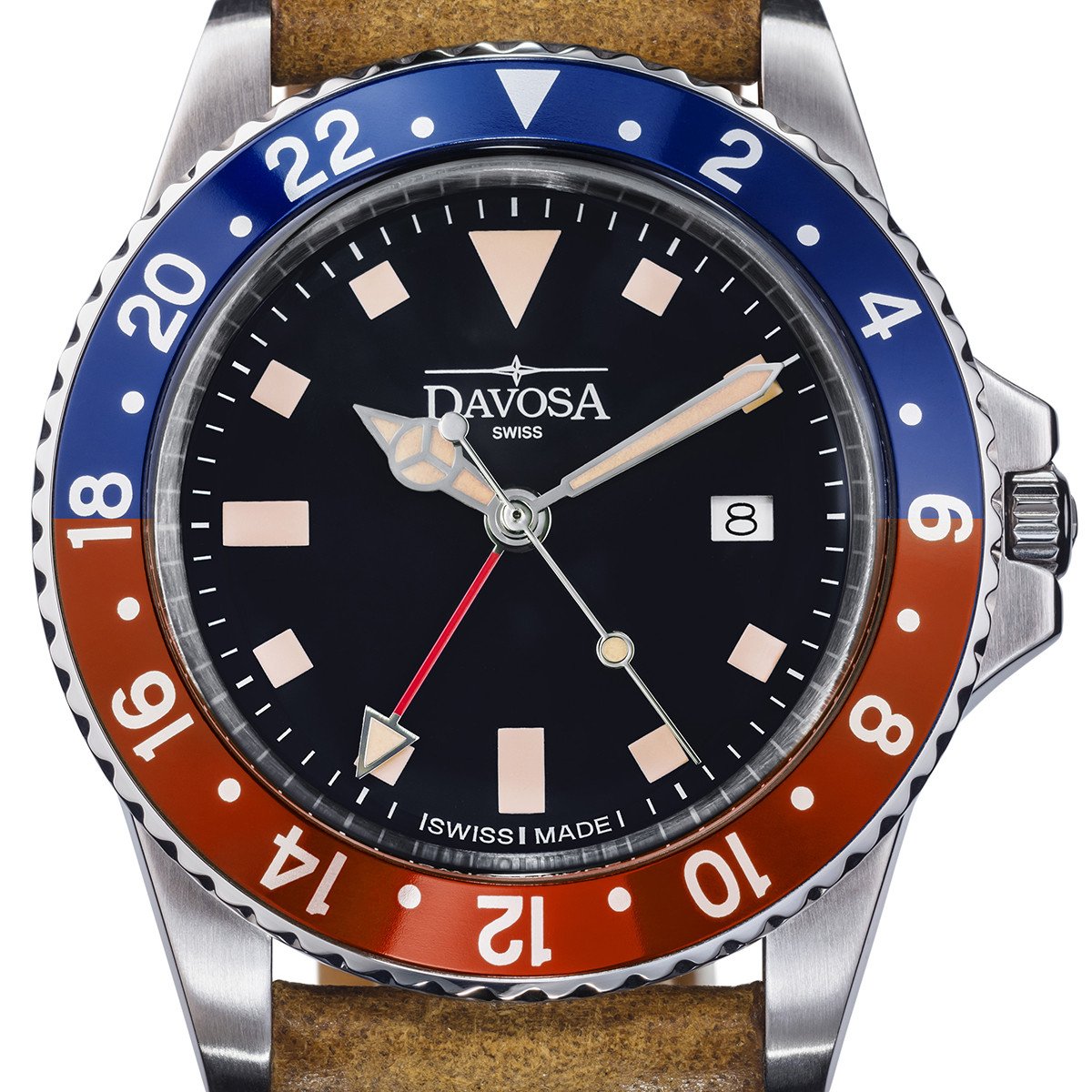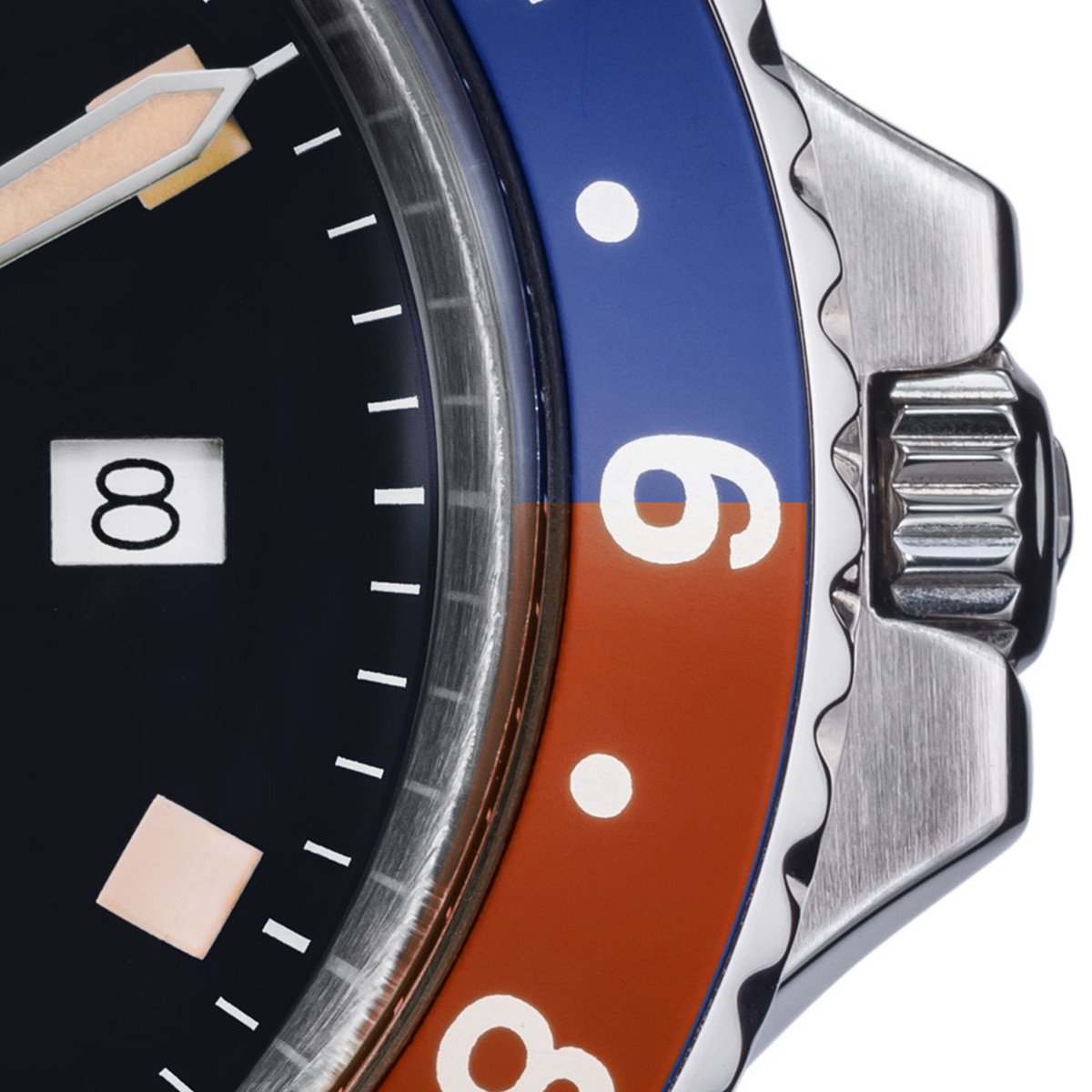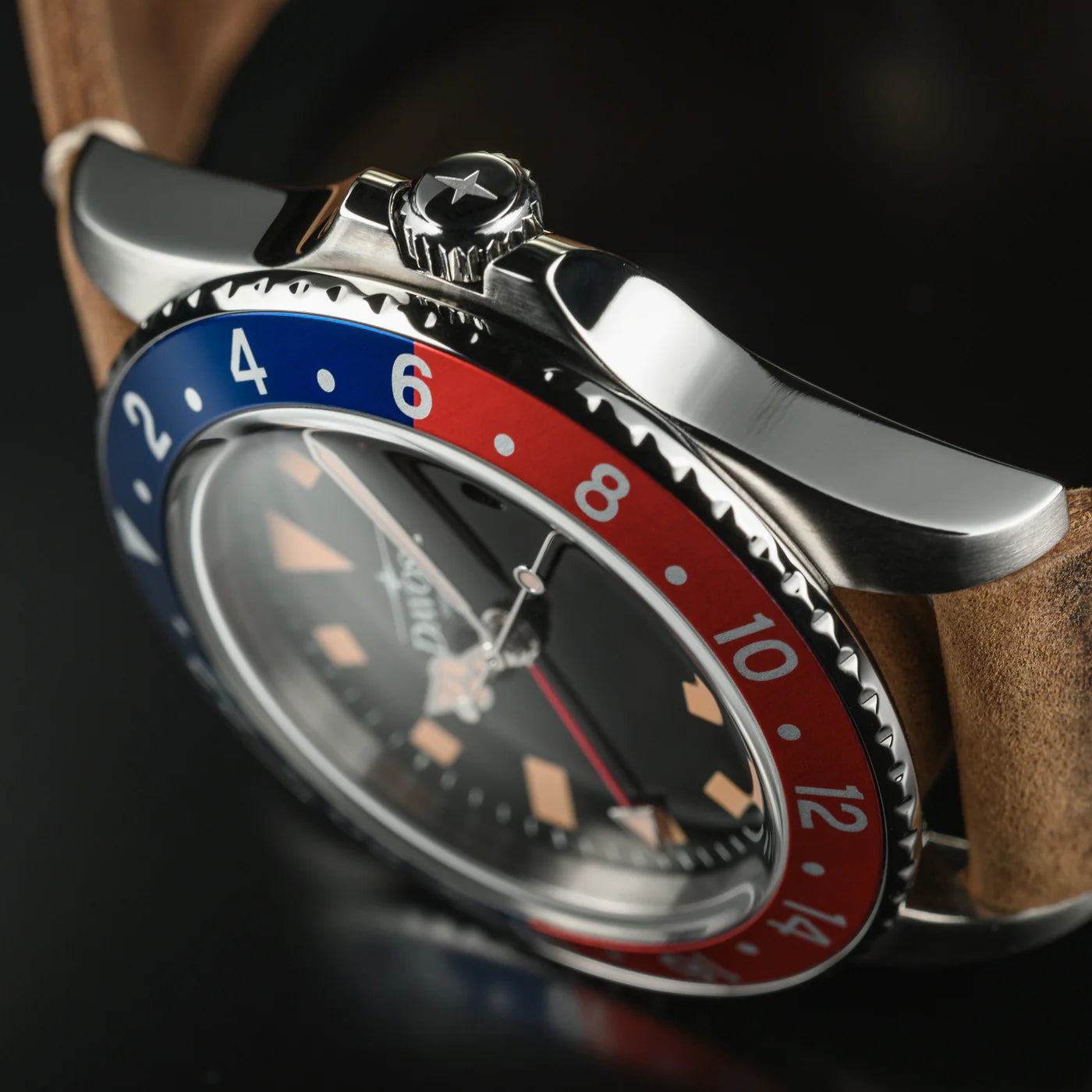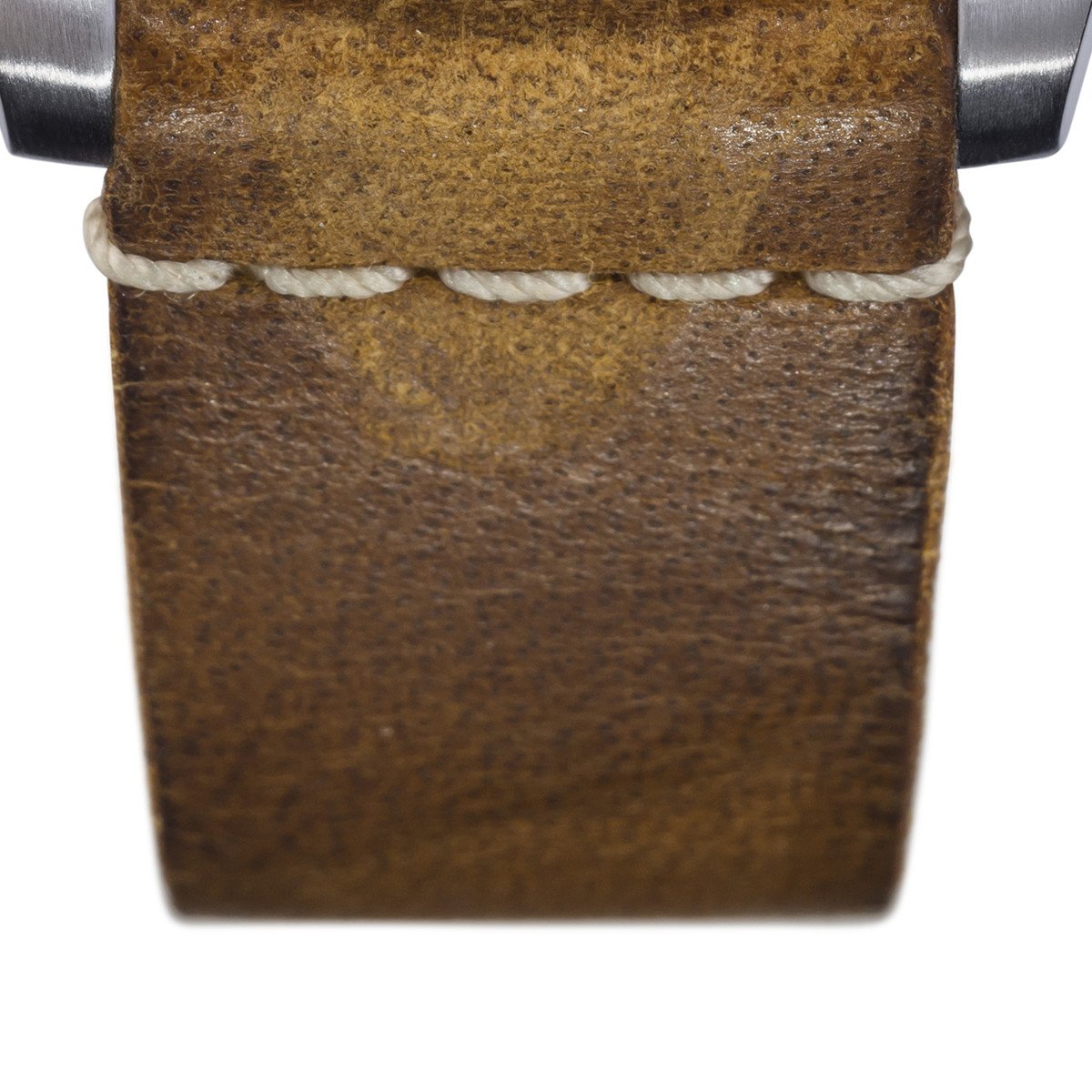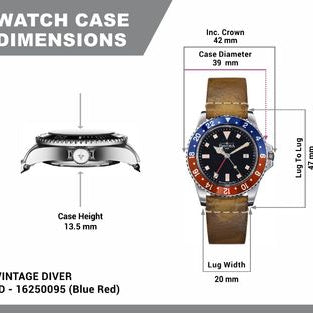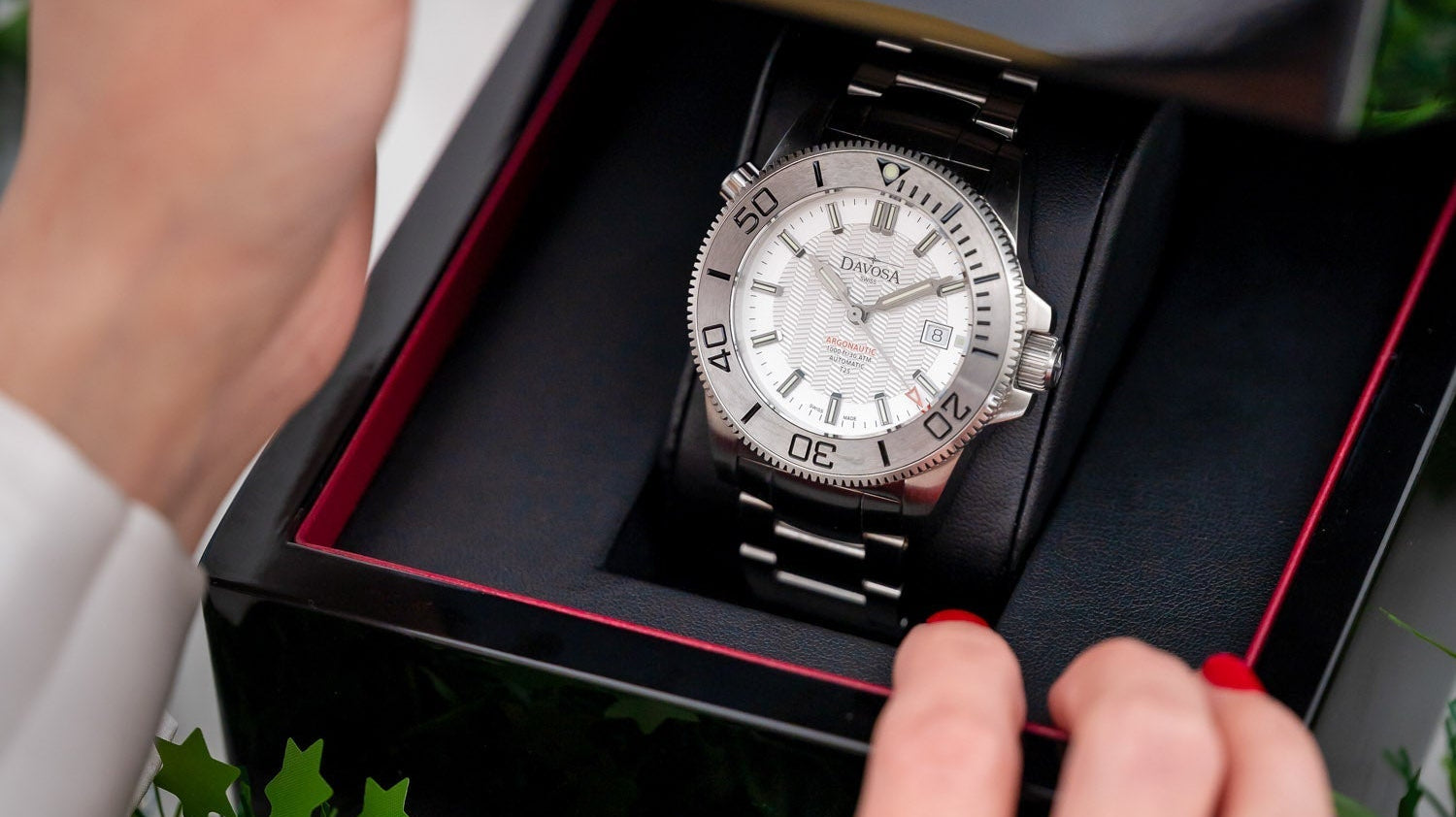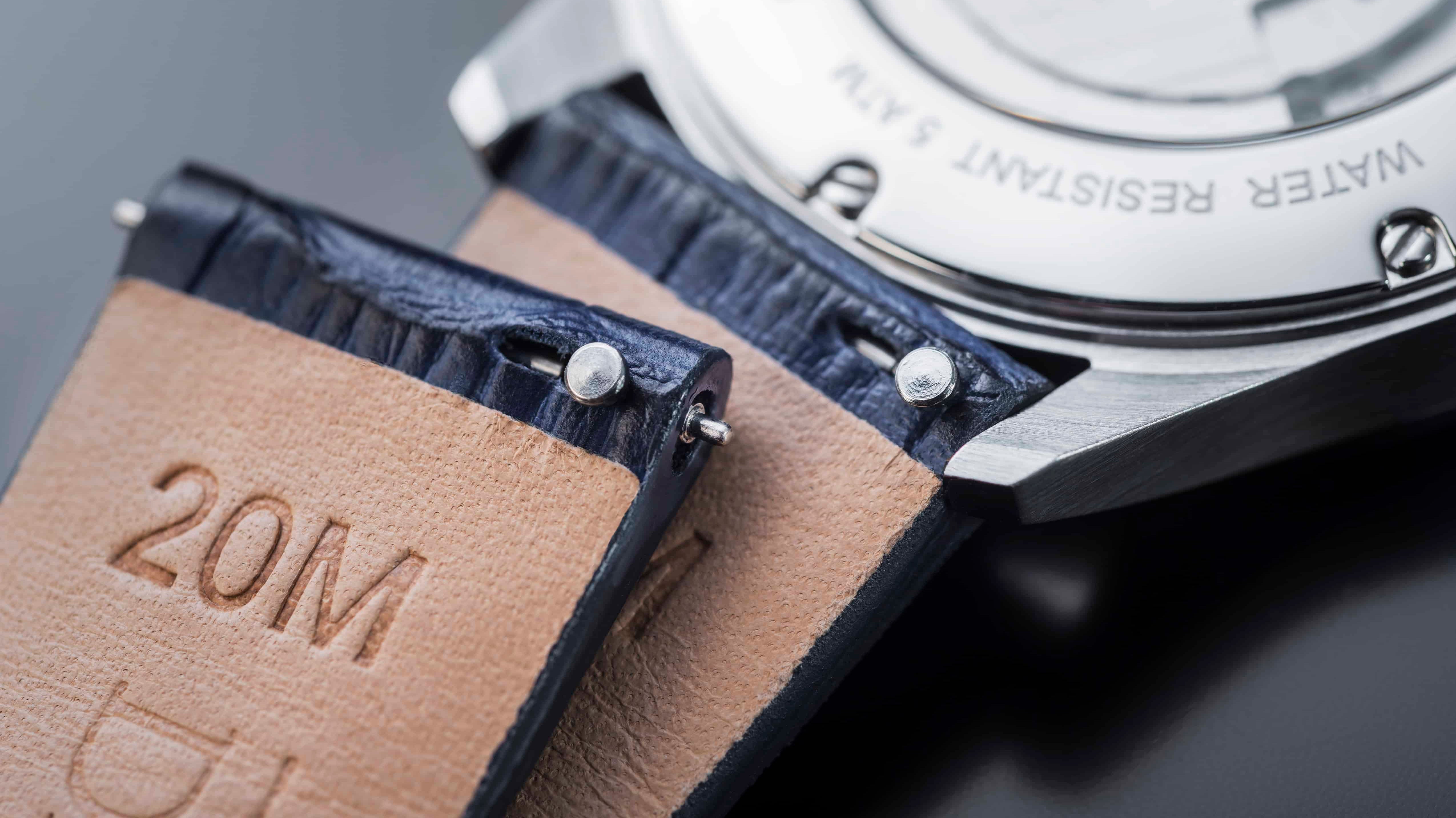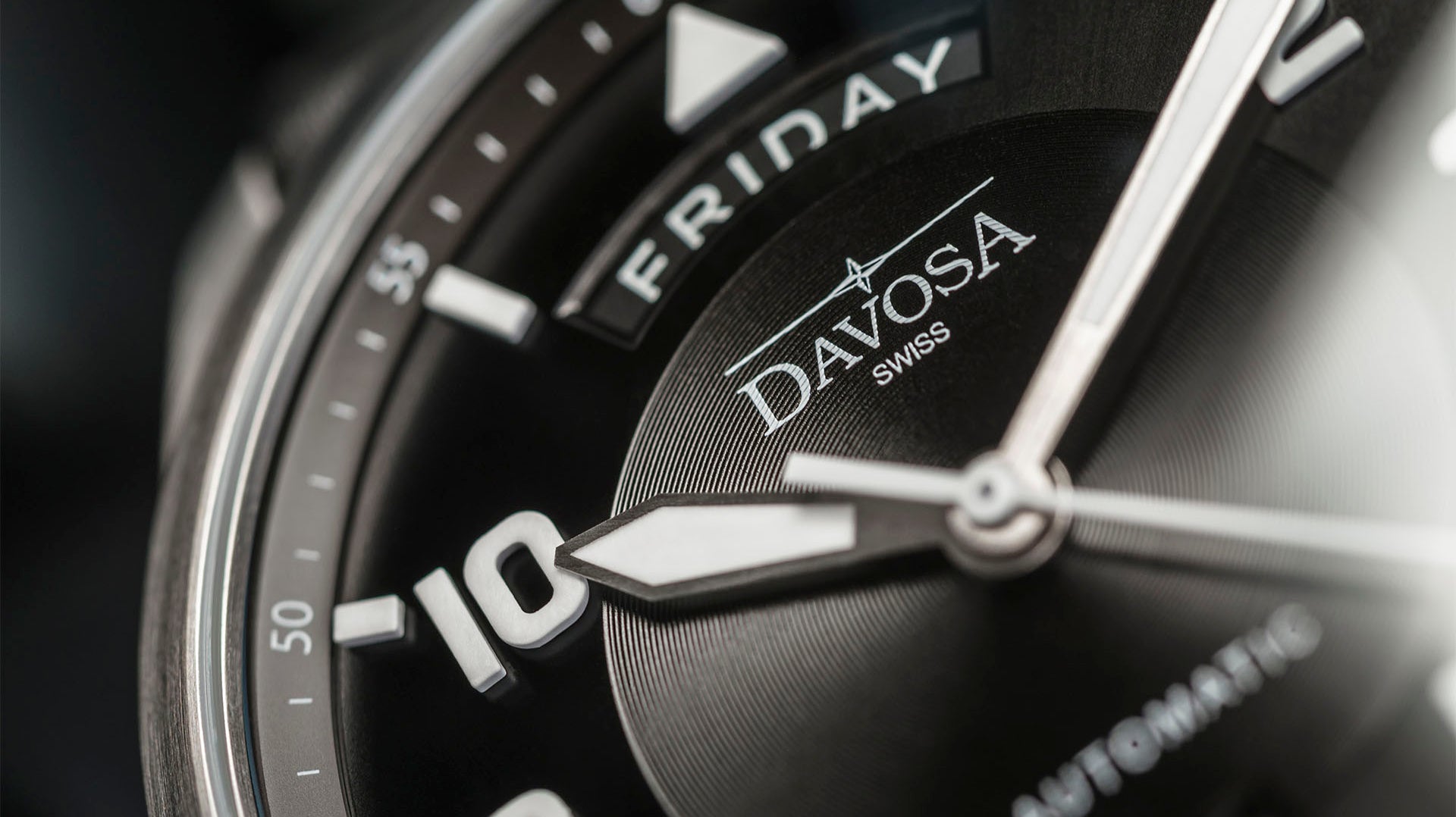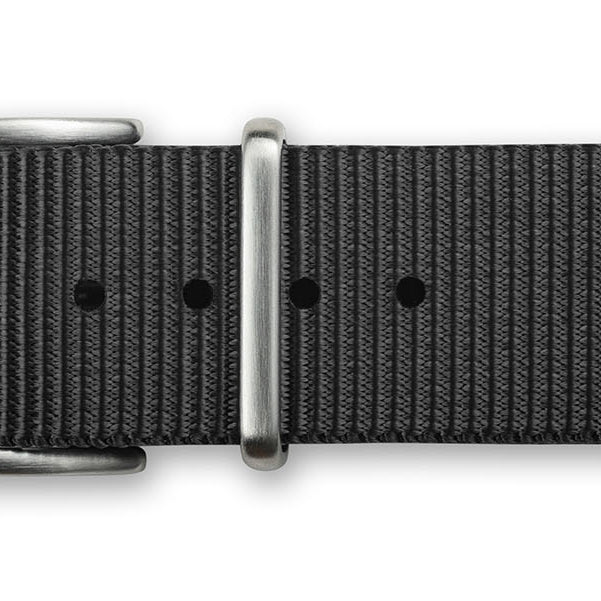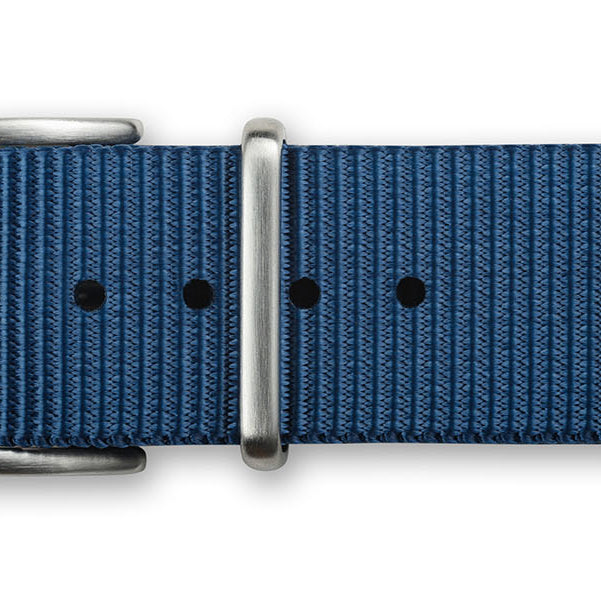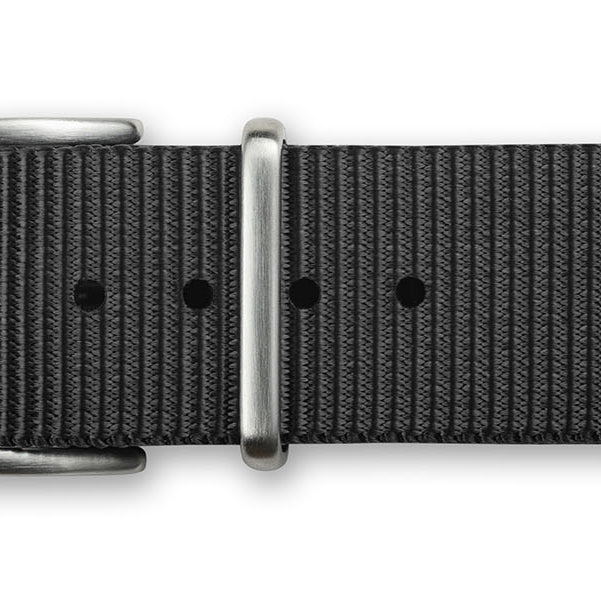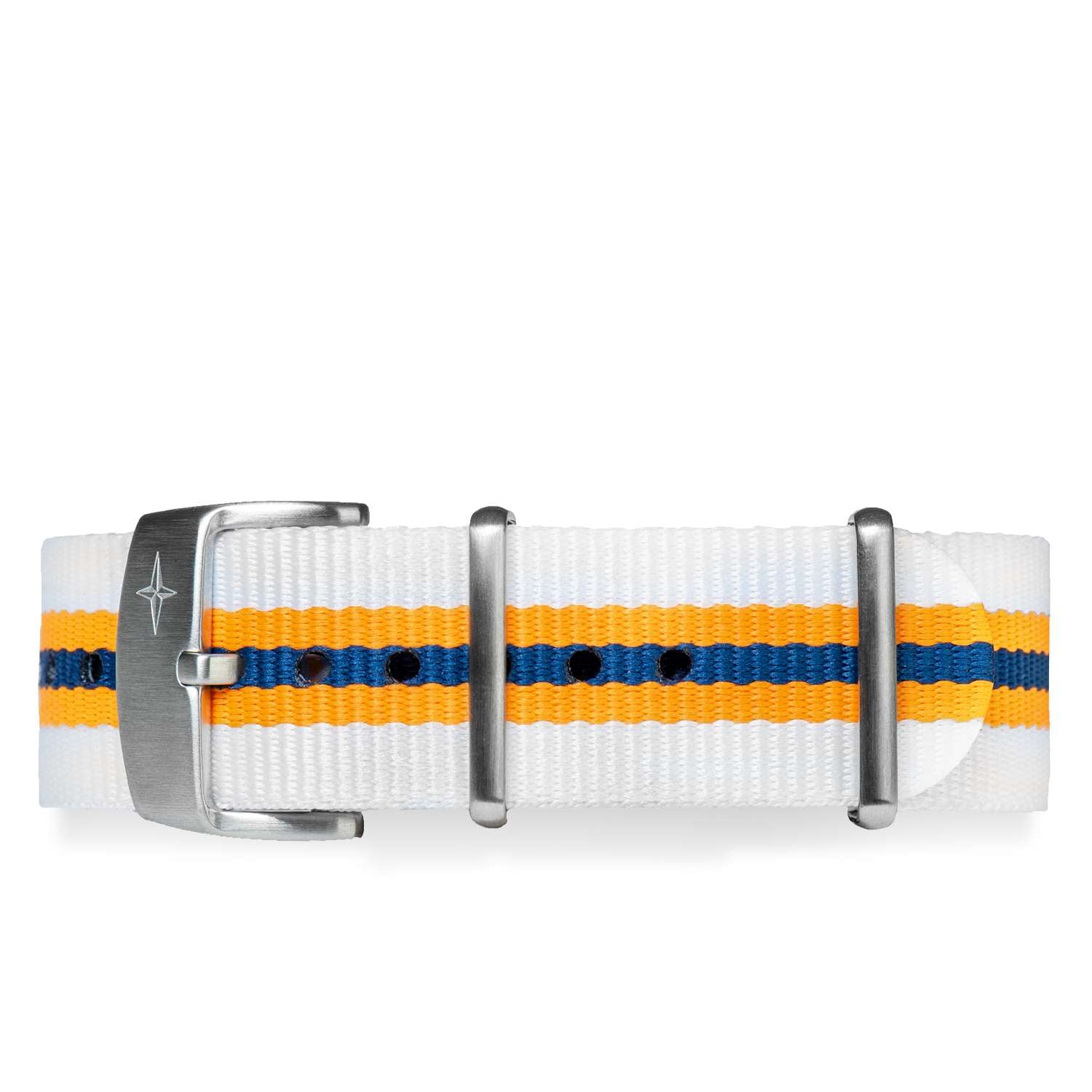December 30, 2021
The human race was born to want more and more. And watchmaking is no different.
Since its inception, we have seen first the development of the hour hand, then the minute hand, and finally the seconds hand, until watch collectors felt the need to keep track of other time zones (which arose much later in life, around 1870 in America, with the development of railroads). And it is in this area that we find dual-time watches, with their different types and designs. Are you ready to discover them with us?
What is a dual time on a watch?
As the name implies, a dual-time watch can show time in two different ways. And curiously enough, the first examples date back to this very need, developed in the late eighteenth century in France. During the French Revolution, the calendar and the hours were reformed on a decimal basis. For about ten years, people needed clocks that measured time on a duodecimal and a decimal base, perhaps simultaneously.
Watchmakers later adapted this practical solution to measure time in two different locations. Beyond a scientific use, which is the original use of many clocks, the commercial need to know the time in two distinct places on earth at the same time was born at the time of the development of the first synchronous means of communication, namely the telegraph around 1840, its evolution into the telephone in 1870 and finally, in intercontinental travel, from the Forties up to our days. Its diffusion has been growing over time, originating solutions - and therefore, clocks - of different types. And sometimes, with very creative and fascinating solutions.
Technically speaking, the first dual time, dual dial watches were strictly manual-winding mechanicals, as modern automatic watches were mostly developed after WWI, with John Harwood first and Rolex later, but the first dual time, single dial one was not. Contrary to common lore, it was the Glycine Airman, launched in 1953, one year before the most iconic GMT watch there is, the Rolex GMT Master in its Pepsi configuration, and mounted a version of the Felsa Bidynator automatic movement.
Today, you can find dual time watches mounting different kind of movements: while the mechanicals have been the first historically, today you are going to find an ample supply of modern - and precise - quartz watches featuring this kind of complication.

What is a dual dial watch?
There is a difference between dual time and dual dial: while Dual Time is the function of the timepiece that indicates two times simultaneously, dual dial instead shows how this happens, either through two separate dials or a dial and a sub-dial.
The first examples of dual dial watches were made with two separate mechanisms mounted inside the same watch case but were functionally independent in every way - one watch, two movements, two dials. This is mainly because adjusting the time through the crown was invented around 1840 and did not become widespread for quite some time due to its complexity.
Condensing two different time indications into a single mechanism is not too tricky by itself: what is technically complicated is the regulation of the two hour systems. Since the end of the nineteenth century, this happened through the keyless works, i.e., mechanisms activated by the crown, generally via an additional position of the winding shaft, which triggers a separate set of gears.
However, the "dual dial" term can include both a watch with two independent mechanisms, and therefore two different dials, or a watch with a single mechanism but two dials, which can be of similar size, or one integrated into the other as a sub-dial. Sometimes, these indications are also complemented by a display that indicates whether in the different timezone it is day or night. In other cases, however, the dial is unique, and the indication of the second time is through a dedicated hand, as happens in most GMT watches.
How does a dual time bezel work?
To answer this question, we must first delve into the invention of GMT watches, i.e., those that have one dial but two different time hands: one that marks the time as it usually happens - that is, making two revolutions around the dial in 24 hours - and the second that instead makes only one, and therefore measures the 24 hours of the day on the single dial.
Obviously, remembering the two different systems takes a bit of practice, but it is not that difficult. The practicality of this system is that it can accurately calculate and indicate whether the measured time is day or night: for example, if the primary time hand marks 9 o'clock, it may be 9 am or 9 pm, but this indication will be evident on the scale used by the GMT hand.
How do you read dual time watches?
As we said, reading the time in a dual time watch is done differently depending on how the watch movement is built.
In most traditional watches, i.e., those with a split mechanism and two dials, the time is traditionally read on one of the two dials. However, for convenience, many of these watches are rectangular, with two dials placed under each other to make them easier to read.
In watches with a single dial or sub-dial, the hours are read through one of the two dials, while the minutes do not change. The same can be said for GMT watches and world timers: what changes is the reading of the hour hand.
How do you set a dual time bezel?
Once installed on a watch with this type of function, the dual time bezel allows you to measure a second (or in some cases, third) timezone quite easily. The rotating bezel is engraved with a time scale that goes from 0 to 24 and is used as a reference by the GMT hand of the watch to indicate another time zone. To adjust it, simply rotate the bezel by as many clicks equal to the time difference and read the time in reference to this.
To give a practical example, if we need to adjust our watch between New York and Geneva, we know that there is a 6-hour difference (forward). This means that when it's 12 o'clock in New York, it will be 18 o'clock in Geneva. So all we need to do is turn the bezel counter-clockwise six hours so that the word "6" on the bezel coincides with 12 o'clock on the standard display. At this point, the time in Geneva will be indicated by the GMT hand, and the time in New York by the regular hour hand.
If we need to adjust the bezel time to the Los Angeles time zone, which is 3 hours behind, we will need to turn our bezel clockwise so that the word "21" overlaps with the twelve o'clock of our standard display and proceed to read the time as above.
How do I reset my dual time watch?
Resetting a dual-time watch is easy. Simply use the crown, following the manufacturer's instructions, or turn the bezel. Be careful, however: in some cases, the mov;'ement of the hands may interfere with the time change mechanism.
To overcome this inconvenience, it is always better to rotate the hands clockwise and avoid making adjustments around the times where the date changes. However, in several modern calibers, this problem has been solved by introducing a time change mechanism that is disengaged during time setting and thus no longer represents a problem.
However, it is always better to refer to the watch's instruction manual, and in any case, proceed with caution to avoid any damage: our watches are miniature masterpieces of micromechanics, and as such, must be used and adjusted with care and attention.
Main Takeaways
Whatever your needs, using a dual time watch - whether it is a dress watch or a more sporty timepiece - is a great way to stay in touch with the world. Although no longer strictly necessary, a dual time watch allows you to tell, at a glance, what time it is in other parts of the world - especially now that business is becoming increasingly global, and we may be in daily contact with work teams across the globe.
But the appeal lies above all in recognizing the ingenuity of those who first theorized this handy complication and developed it to make it what it is today: a helpful work tool, which - as often happens with watchmaking - also becomes beautiful to see.
So much that today you can find a vast choice of different timepieces, both established and microbrand watches, being offered today on the market featuring this charming and useful complication.

The Davosa-USA.com website is NOT affiliated in any way with Audemars Piguet, Franck Muller USA, Inc. Richard Mille or Richemont Companies, Seiko, or any other brand which is not Davosa Swiss. Rolex is a registered trademark of Rolex USA. Davosa-USA website is not an authorized dealer, reseller, or distributor for Rolex and is in NO WAY affiliated with Rolex SA or Rolex USA or any other brand besides Davosa Swiss. |

